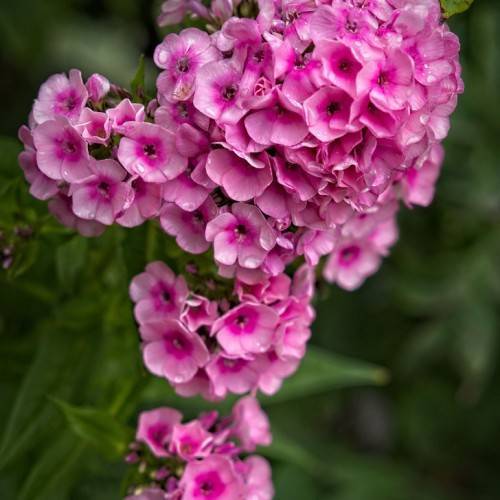
phlox
Phlox arendsii 'Ping Pong'
Cycle:
Herbaceous Perennial
Watering:
Average
Hardiness Zone:
3 - 8
Flowers:
Flowers
Sun:
Full sun,part shade
Leaf:
Yes
Growth Rate:
Low
Maintenance:
Moderate
Salt Tolerant:
Yes
watering
Water newly planted Phlox generously and, during its first growing season, water daily or every other day depending on weather. Water regularly for the remainder of its lifespan, once a week should be sufficient for average rainfall. When temperatures rise, water more frequently to avoid wilting. Make sure that the soil surrounding the Phlox plants always remains moist.
sunlight
Phlox arendsii 'Ping Pong' is a species of plant that needs minimum 6 hours of sunlight each day to thrive. The most flowering and vegetative growth occurs in a location that gets full sun for at least 80% of the day. When planting phlox 'Ping Pong', it is important to choose a space that receives full sun for most of the day to ensure the plant receives its necessary sunlight. This is especially important during the morning, when the sun is brightest, as the plant’s chloroplasts need the most energy to develop leaves and stems for flowering. Too little light can stunt growth, delay flowering time, or cause the plant to become leggy.
pruning
Pruning Phlox (Phlox arendsii 'Ping Pong') requires careful and timely attention. Early summer is the best time to prune this plant species. Begin by removing any dead or damaged stems, spent blooms, and faded leaves that can accumulate. Then cut back the remaining stems by 1-third up to the first set of healthy buds or leaf nodes. This will help to create a more dense-looking staggered habit, and will promote additional bloom cycles. Be sure not to prune too late in the season, as this can prevent the plant from setting new flower buds for the following season.
